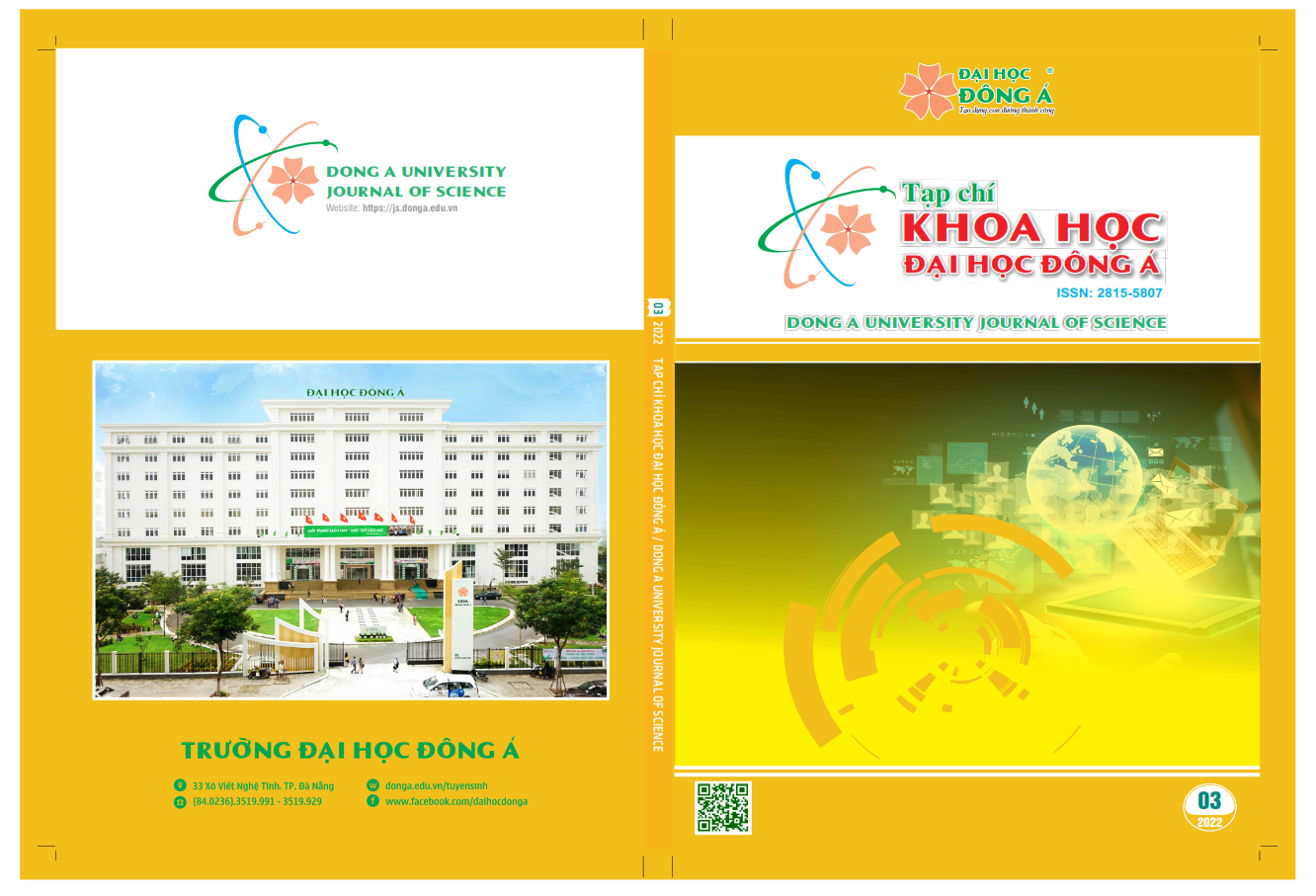The economic benefits of community-based rural tourism on rural development: a case study of Tra Que village, Vietnam
Main Article Content
Abstract
The purpose of this study was to indicate the main benefits to the economy of community-based rural tourism (CBRT) in Vietnam. A case study in Tra Que Village as a significant CBRT representative was selected for investigation. The study used a quantitative research approach with a case study sample. Ninety-seven households including members and non-members of CBRT were interviewed via the instrument consisting of a questionnaire. Research findings indicated that households joining CBRT received a greater income than households choosing not to join tourism activities. Additionally, findings revealed the main benefits of CBRT to be in the economic aspect, i.e. income and overall economic development of the area, improved employment opportunities, and standard of living. Consequently, the contribution of this research was to enhance the understanding of the economic benefits brought about by CBRT in Vietnam
Article Details
Keywords
Case study, community-based, economic benefits, rural development, rural tourism, Tra Que village
References
Ertuna, B., & Kirbas, G. (2012). “Local community involvement in rural tourism development: The case of Kastamonu, Turkey”. PASOS. Revista de Turismo y Patrimonio Cultural, 10(2).
Hoian, G. o. (2018). Hoian tourism report 2018. Quangnam Province
Holloway, J. C. (2004). Marketing for tourism. Pearson education.
Inskeep, E. (1991). Tourism planning: an integrated and sustainable development approach. Van Nostrand Reinhold.
Justgola. (2016). “Tra Que Vegetable Village”. Justgola Travel. https://www.justgola.com/a/tra-que-vegetable-village-1163962
Kamarudin, K. H. (2013). Criteria and indicators for sustainable Community Based Rural Tourism (CBRT) development: the case of East Coast Economic Region (ECER), Malaysia. Oxford Brookes University.
Kaur, P., Jawaid, A., & Othman, N. B. A. (2016). “The Impact of Community-Based Tourism on Community Development in Sarawak”. Procedia-Social and Behavioral Sciences, 2(1), 15-26.
Kayat, K. (2009). The nature of cultural contribution of a community-based homestay programme.
Kayat, K. (2014). Community-based rural tourism: A proposed sustainability framework. Paper presented at the SHS Web of Conferences.
Lapeyre, R. (2010). “Community-based tourism as a sustainable solution to maximise impacts locally? The Tsiseb Conservancy case, Namibia”. Development Southern Africa, 27(5), 757-772.
Mathieson, A., & Wall, G. (1982). Tourism, economic, physical and social impacts. Longman.
Mir, H. A. (2014). “Impact of tourism industry on economic development of Jammu and Kashmir”. International journal of scientific & engineering research, 5(6), 592-598.
Mitchell, J., & Phuc, L. C. (2007). “Final Report on Participatory Tourism Value Chain Analysis in Da Nang, Central Vietnam”. https://www.odi.org/publications/611-participatory-tourism-value-chain-analysis-da-nang-central-vietnam. Retrieved October, 18, 2009
Morgan, N., Pritchard, A., & Pride, R. (2011). Destination brands: Managing place reputation. Routledge.
MOVT. (2015). “Du lịch cộng đồng: Xu hướng phát triển du lịch bền vững”. Ministry of Vietnam Tourism. http://vietnamtourism.gov.vn/index.php/items/18991
Neumeier, S., & Pollermann, K. (2014). “Rural Tourism As Promoter Of Rural Development–Prospects And Limitations: Case Study Findings From A Pilot Projectpromoting Village Tourism”. European Countryside, 6(4), 270-296.
Réhahn. Tra Que village – a must-see in Hoi An. Réhahn Photography. http://www.rehahnphotographer.com/blog/tra-que-village-hoi-an/
Satarat, M. N. (2010). Sustainable Management of Community-Based Tourism.
Stephen, J., & Smith, I. (1989). “Estimating the Local Economic Magnitude of Tourism”. Tourism Analysis-A Handbook, 270-281.
Sukkasem, L. (2013). Sustainable Tourism Development-An Economic Impact of Community Based-Tourism to Local Community: A case study of Amphawa Floating Market, Samutsongkhram province, Thailand.
Tosun, C. (2000). “Limits to community participation in the tourism development process in developing countries”. Tourism management, 21(6), 613-633.
TTXVN. (2012). “Trà Quế (Hội An): Nông dân xây nhà lầu nhờ làm du lịch”. Ho Chi Minh City Tourism Association. http://www.dulichvn.org.vn/index.php?category=4000&itemid=18063
VTA. (2014). “Phát triển du lịch cộng đồng: Cần có chính sách đặc thù”. Vietnam Tourism Administration. http://vietnamtourism.gov.vn/index.php/items/15503
Zaei, M. E., & Zaei, M. E. (2013). “The impacts of tourism industry on host community”. European journal of tourism hospitality and research, 1(2), 12-21.


